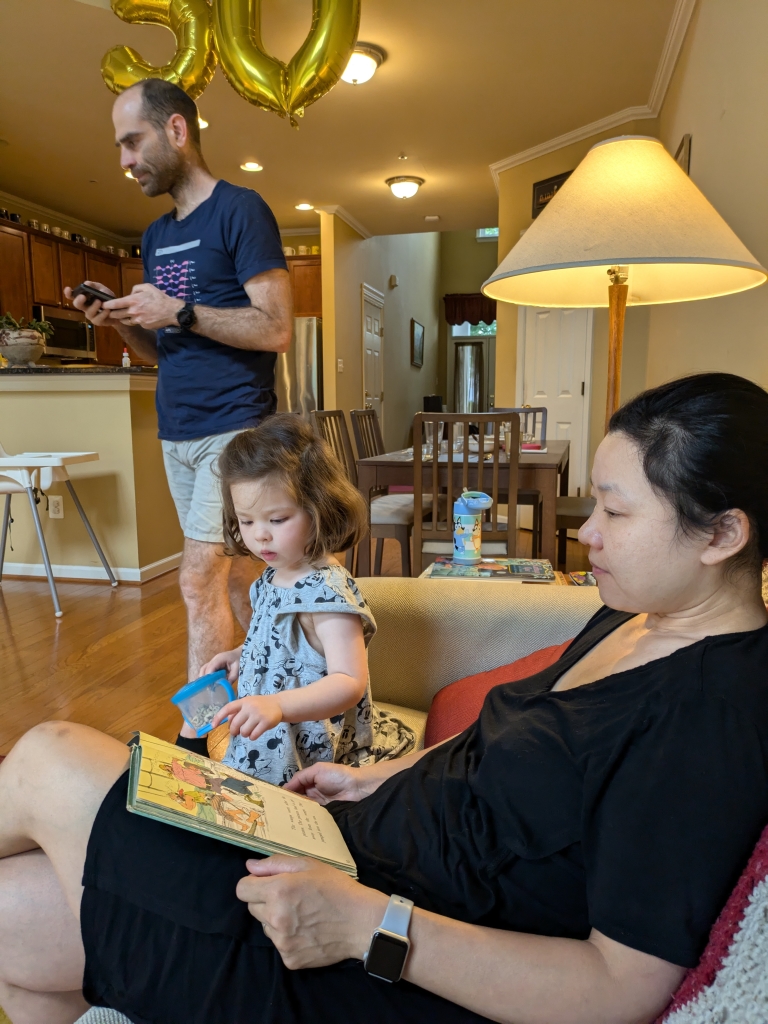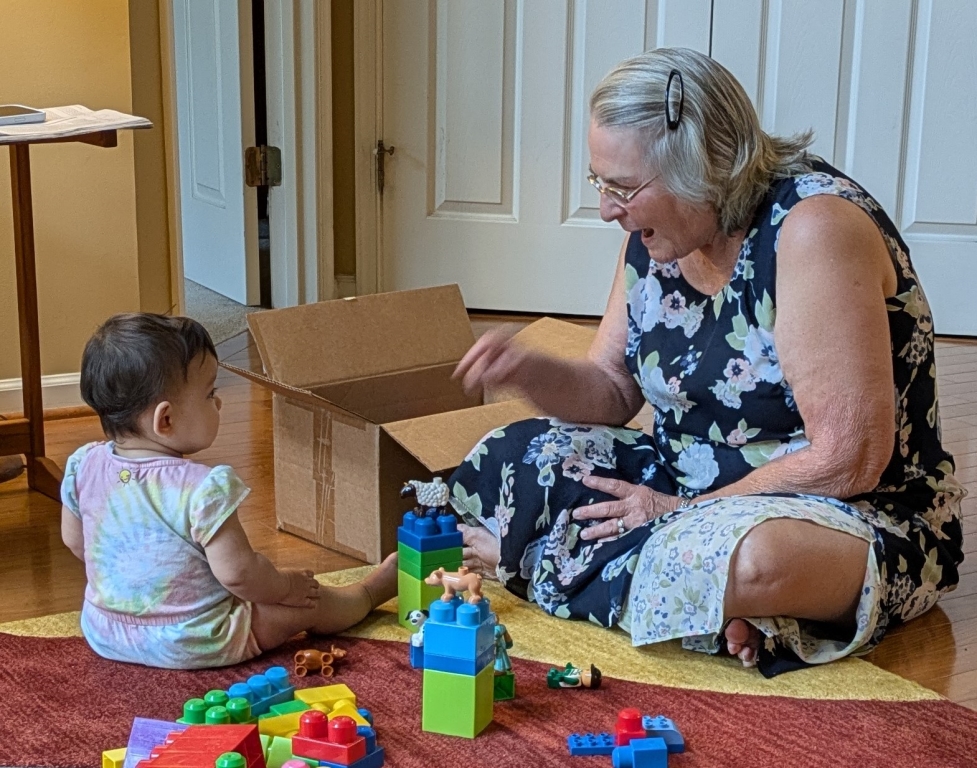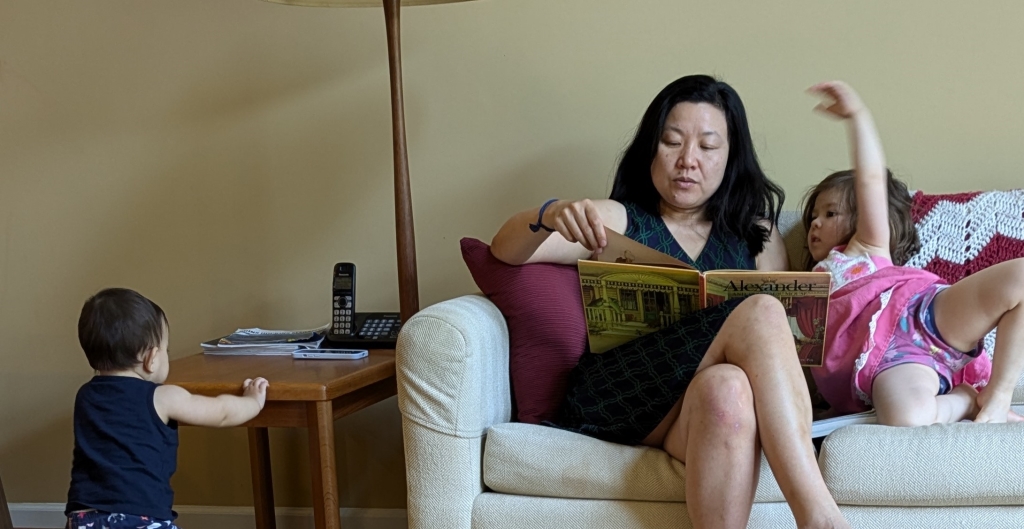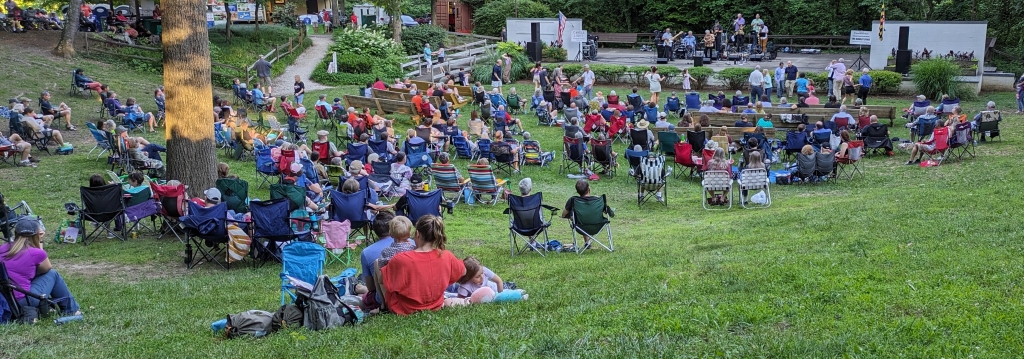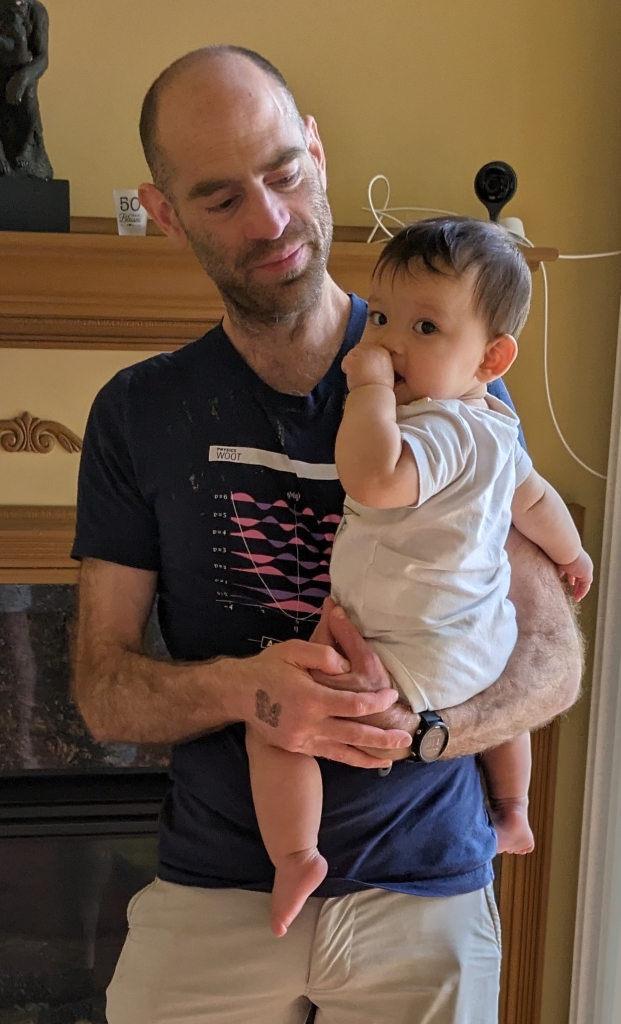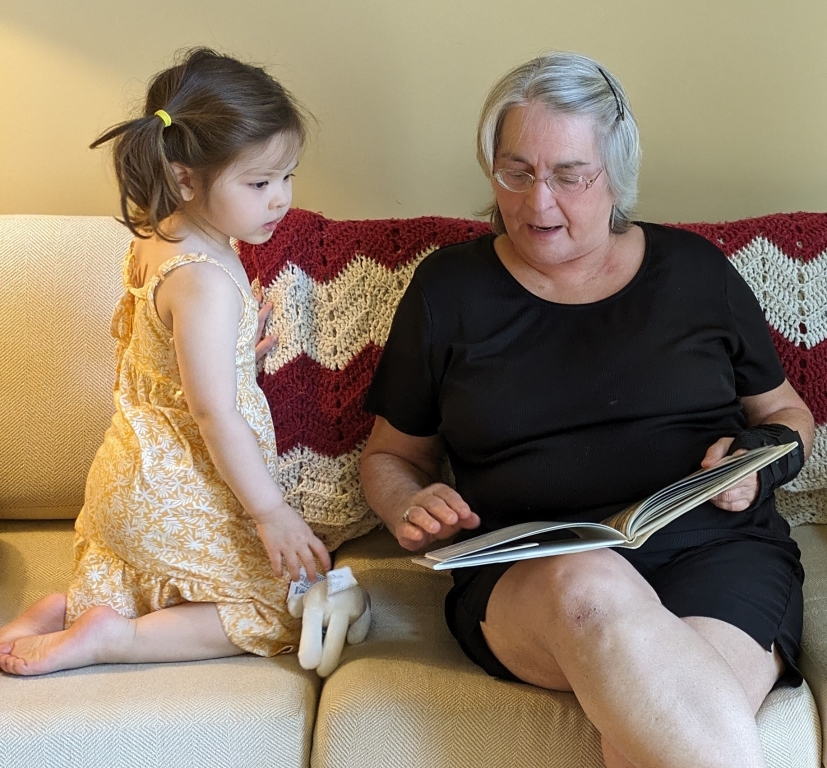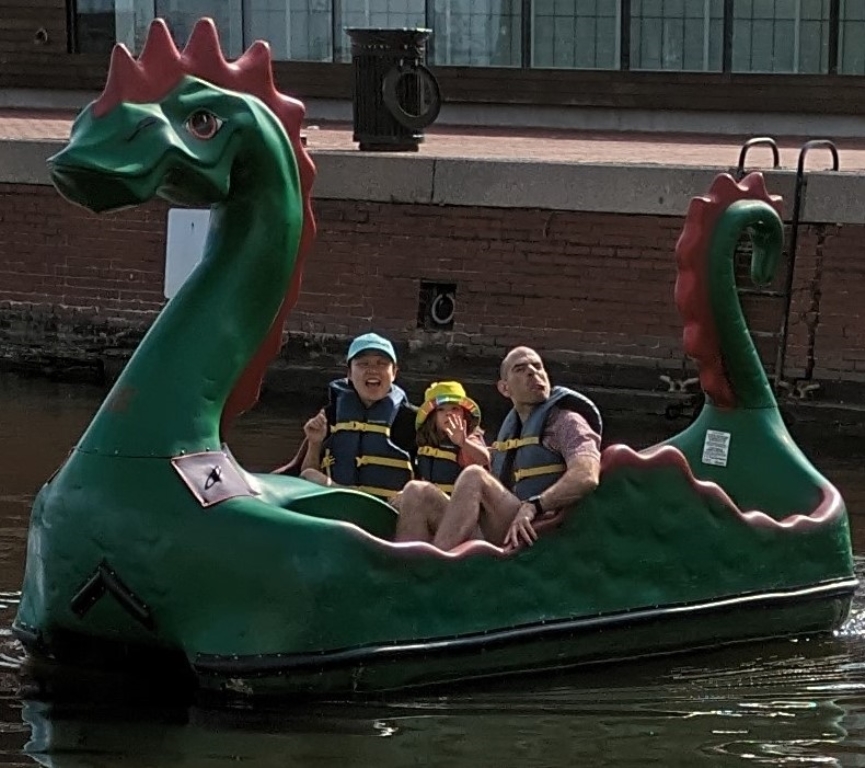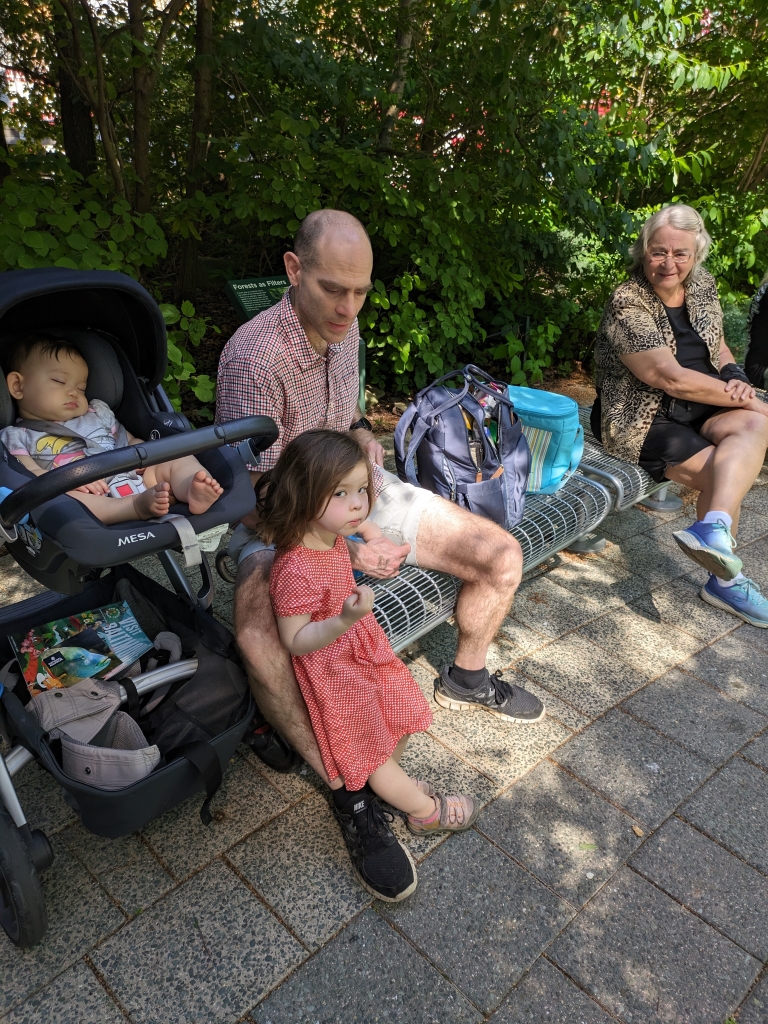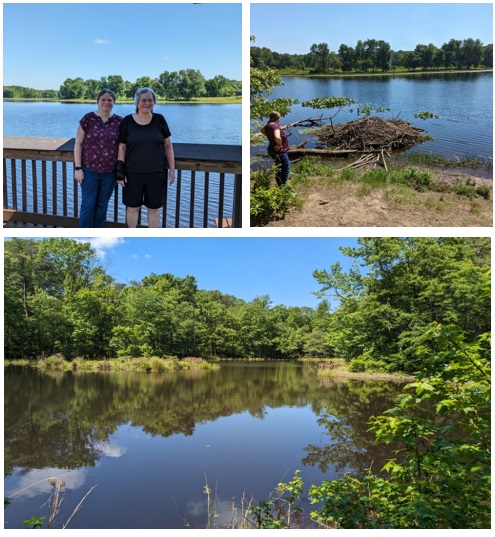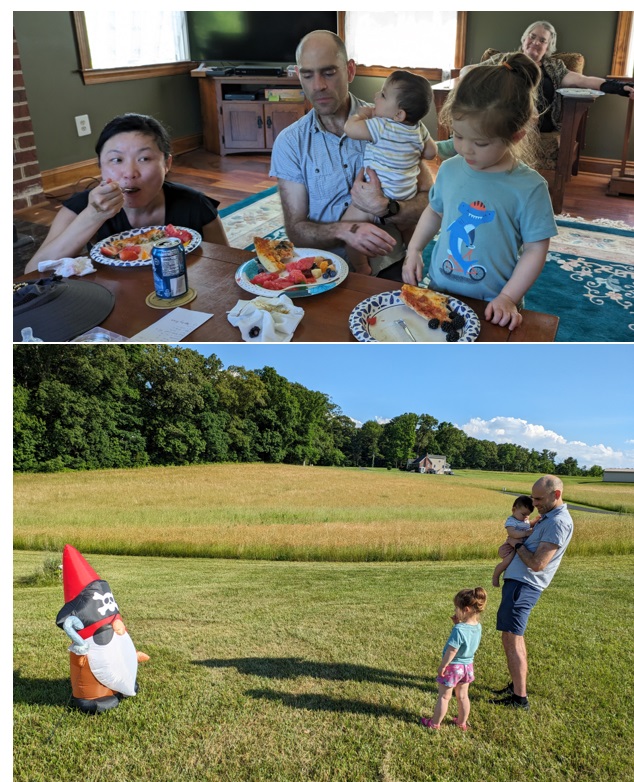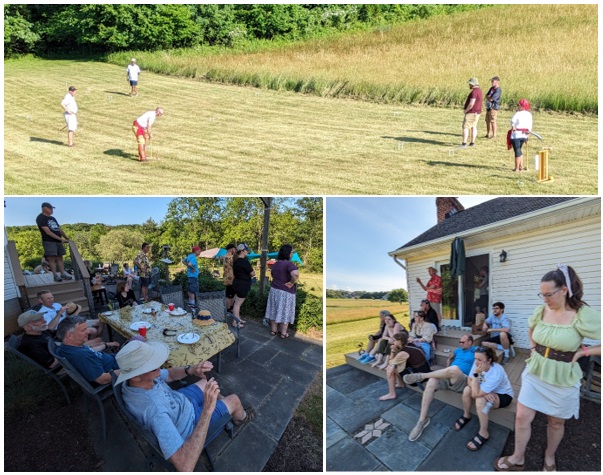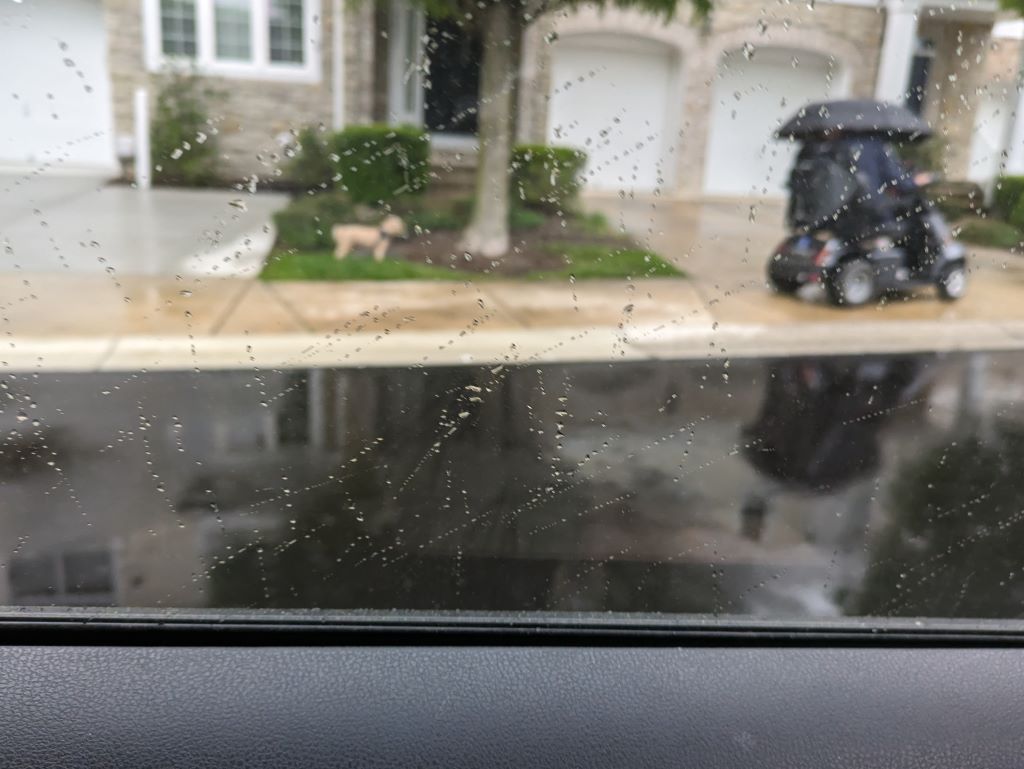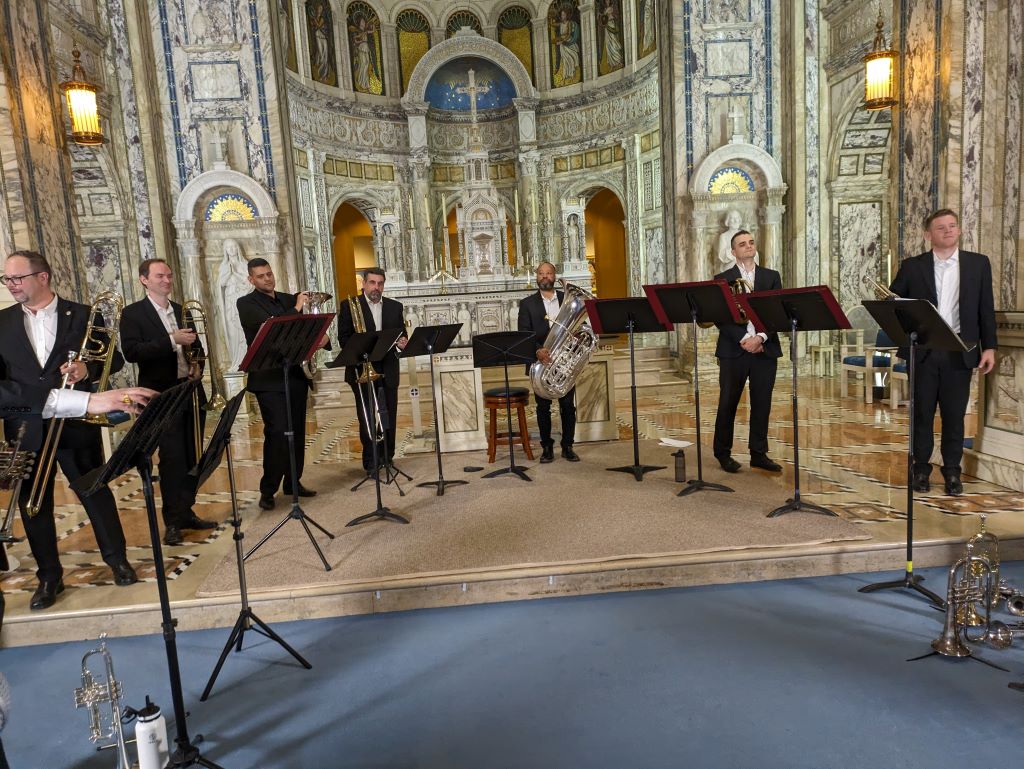I’m not talking about the Blue Light Specials they used to have at K-Mart. I’m not talking about TV and computer “blue light” that supposedly keeps one from falling asleep. (It doesn’t ever keep me up.) I’m talking about a Blue Light medical treatment.
I went to my dermatologist. She I have a lot of small skin cancers on my face, and I should get a Blue Light treatment ASAP. I scheduled it for first thing Friday morning. They put a medicine on my face and let it set for an hour. Then they give me special goggles to protect my eyes and roll up a huge curved UV lamp that wraps from one ear to the other. When they turn it on, you feel painful prickles. It continues for 15 minutes. After that, you have to avoid sunlight, because the UV will activate the chemical again and you can get a very painful sunburn. It was my third treatment, so I knew what to expect. That didn’t make it any easier.
After I got the treatment, I realized we have Grill and Chill Friday evening. I couldn’t miss that! I started with SPF 100 sunblock. I put on my balaclava (which I use to cover my face when riding in the winter) and scrunched it up to cover everything buy my eyes. I topped it off with a pair of sun glasses. Danita said I looked like I planned to rob a bank. It was 6:00 on a rainy cool day, and it worked just fine. We had a great time talking with neighbors and eating hamburgers.
Today we had a brunch event at the Baltimore Museum of Art. I couldn’t miss that either. My bank robber outfit did fine going to the BMA early in the morning. (With Danita driving, naturally.) We enjoyed the brunch. But coming home the sun was out and was extremely bright. I had my rain coat with me. I put it over my body backwards and used the hood to cover my face and to provide another barrier to the light. That almost worked fine. When it was time to come home, I was touching up my sun block and got it too close to my eye. It didn’t bother me going home, but after I got home my eye started stinging. A full shower and a cold compress helped, but it looks like I’ll be using Kleenex most of the day.
Insult to injury: the medical technician told me she was making up a goody bag for me. I told her I liked dark chocolate and red wine. She gave me skin creams and sun block. I didn’t get even a lollypop.
I hope this finds everybody doing well.

